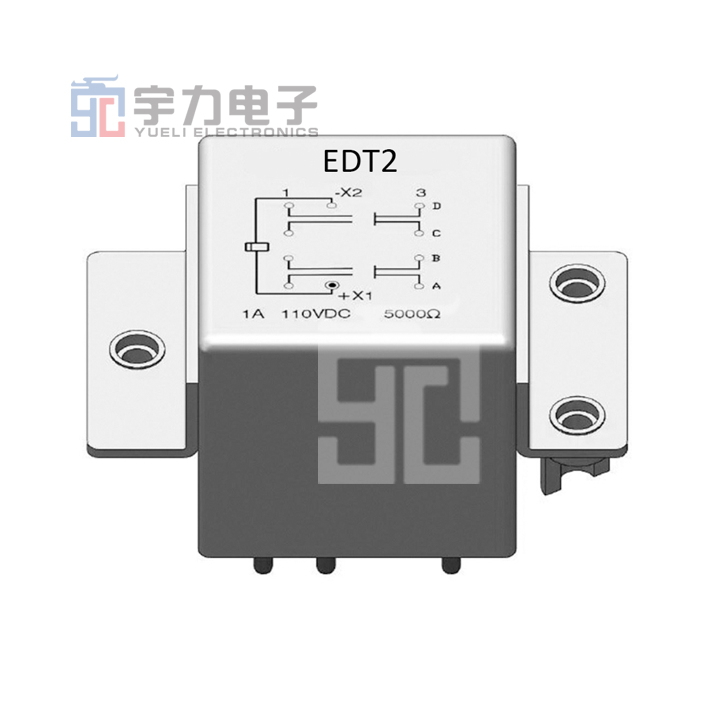The Essential Guide to Sealed Relays: Understanding Their Role in Electronics
2025-07-13

Sealed relays are integral components in electronic systems, designed to provide reliable switching capabilities while protecting internal mechanisms from environmental factors. These devices are encased in a robust housing that shields them from dust, moisture, and other contaminants. This feature makes them particularly valuable in applications where reliability and durability are paramount.
One of the primary advantages of sealed relays is their enhanced lifespan. By preventing exposure to harmful elements, these relays can operate effectively over extended periods, reducing the need for frequent replacements. This durability is vital for industries that rely on continuous operation, such as automotive, industrial automation, and telecommunications. The sealed design minimizes the risk of failure due to environmental impacts, ensuring consistent performance even in challenging conditions.
Another essential characteristic of sealed relays is their capability to handle high loads. They are engineered to manage significant voltage and current levels, making them suitable for a variety of applications. This versatility allows engineers to incorporate sealed relays into diverse systems, from simple home appliances to complex industrial machinery.
Sealed relays also offer excellent electrical isolation. This feature is crucial in protecting sensitive electronic components from voltage spikes or surges. By effectively isolating control circuits from high-power loads, these relays help maintain the integrity of the entire system, reducing the risk of damage to critical components.
When selecting a sealed relay, it is important to consider several technical specifications. The relay's contact rating, coil voltage, and switching type (single pole, double pole, etc.) are all essential factors to assess. Additionally, environmental ratings, such as IP (Ingress Protection) ratings, provide insight into the relay's ability to withstand specific environmental conditions. Understanding these parameters helps ensure that the chosen relay meets the demands of the intended application.
Moreover, the installation and integration of sealed relays require careful attention to detail. Proper mounting techniques and wiring practices are crucial to achieving optimal performance. Engineers must ensure that the relay is installed in a manner that aligns with its specifications and operational requirements.
In summary, sealed relays are vital components in the field of electronics, offering durability, versatility, and protection against environmental factors. Their ability to handle high loads and provide electrical isolation makes them indispensable in various applications. By understanding the technical aspects and selecting the right sealed relay for their specific needs, engineers can enhance the reliability and efficiency of their electronic systems.
One of the primary advantages of sealed relays is their enhanced lifespan. By preventing exposure to harmful elements, these relays can operate effectively over extended periods, reducing the need for frequent replacements. This durability is vital for industries that rely on continuous operation, such as automotive, industrial automation, and telecommunications. The sealed design minimizes the risk of failure due to environmental impacts, ensuring consistent performance even in challenging conditions.
Another essential characteristic of sealed relays is their capability to handle high loads. They are engineered to manage significant voltage and current levels, making them suitable for a variety of applications. This versatility allows engineers to incorporate sealed relays into diverse systems, from simple home appliances to complex industrial machinery.
Sealed relays also offer excellent electrical isolation. This feature is crucial in protecting sensitive electronic components from voltage spikes or surges. By effectively isolating control circuits from high-power loads, these relays help maintain the integrity of the entire system, reducing the risk of damage to critical components.
When selecting a sealed relay, it is important to consider several technical specifications. The relay's contact rating, coil voltage, and switching type (single pole, double pole, etc.) are all essential factors to assess. Additionally, environmental ratings, such as IP (Ingress Protection) ratings, provide insight into the relay's ability to withstand specific environmental conditions. Understanding these parameters helps ensure that the chosen relay meets the demands of the intended application.
Moreover, the installation and integration of sealed relays require careful attention to detail. Proper mounting techniques and wiring practices are crucial to achieving optimal performance. Engineers must ensure that the relay is installed in a manner that aligns with its specifications and operational requirements.
In summary, sealed relays are vital components in the field of electronics, offering durability, versatility, and protection against environmental factors. Their ability to handle high loads and provide electrical isolation makes them indispensable in various applications. By understanding the technical aspects and selecting the right sealed relay for their specific needs, engineers can enhance the reliability and efficiency of their electronic systems.
Previous:


